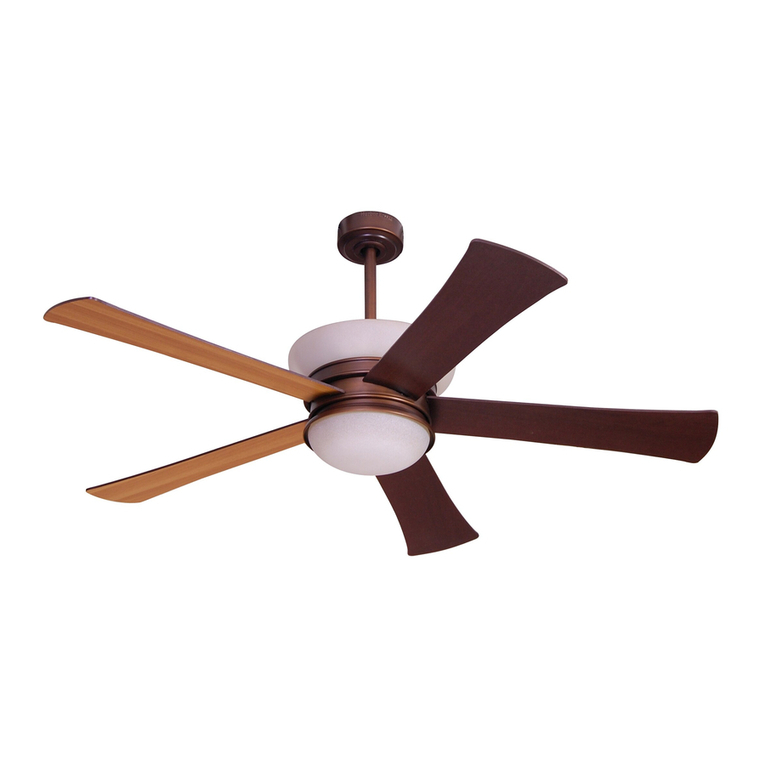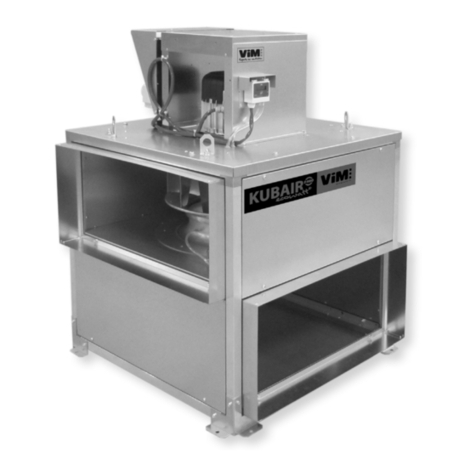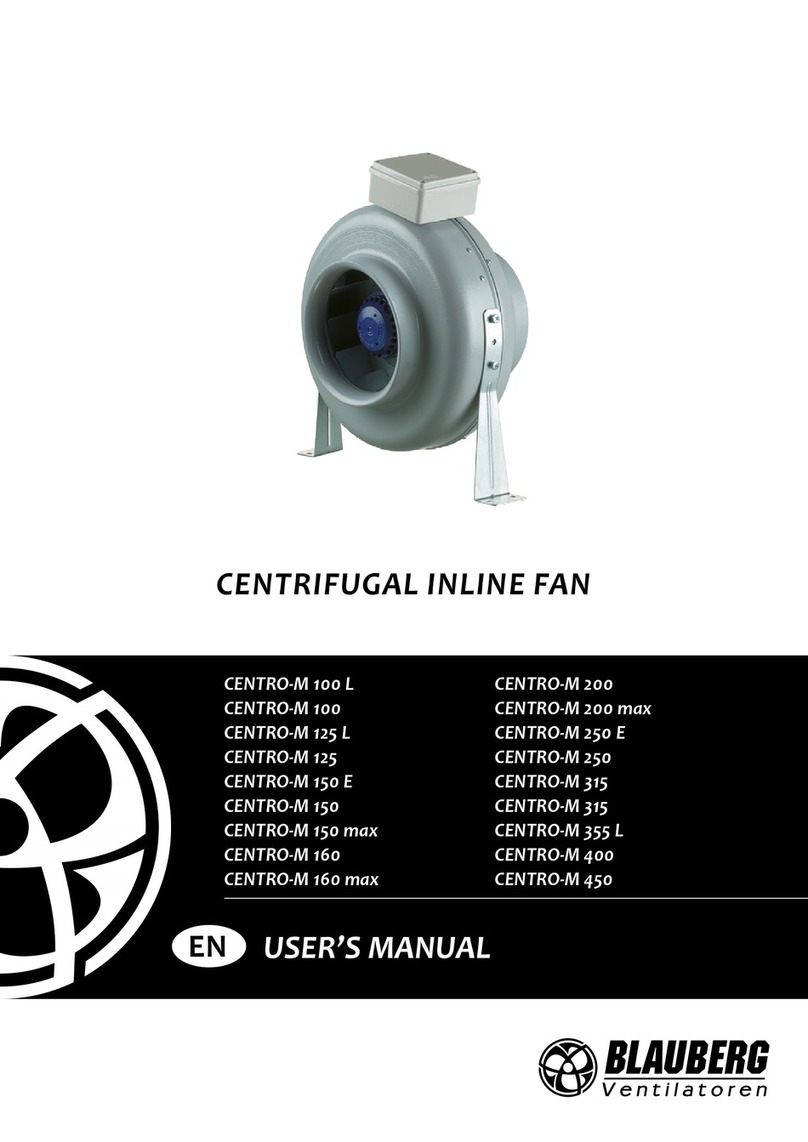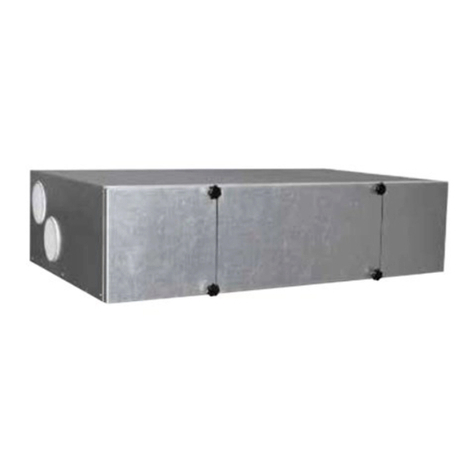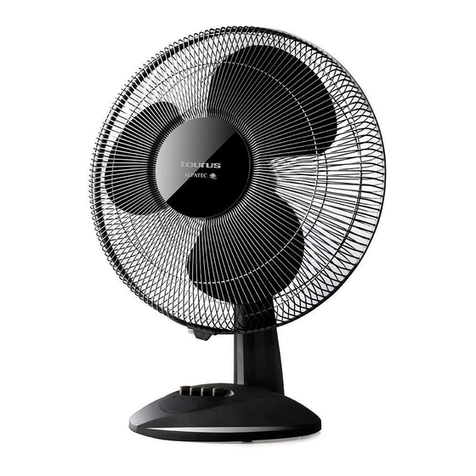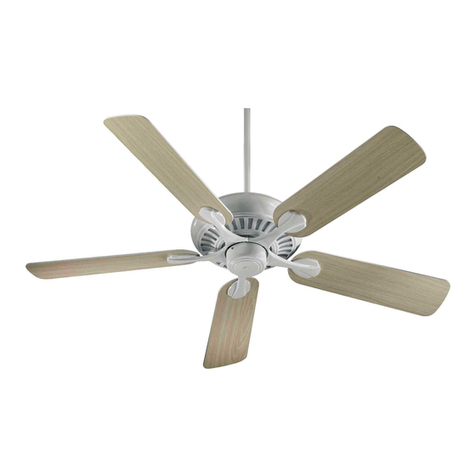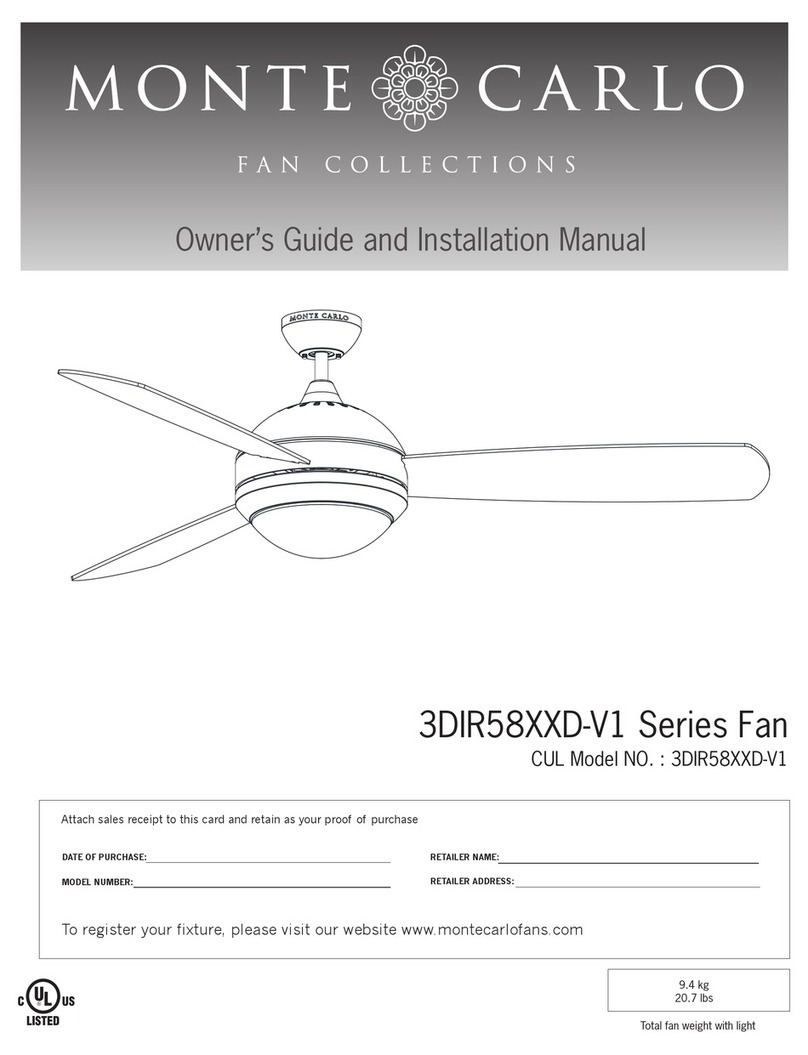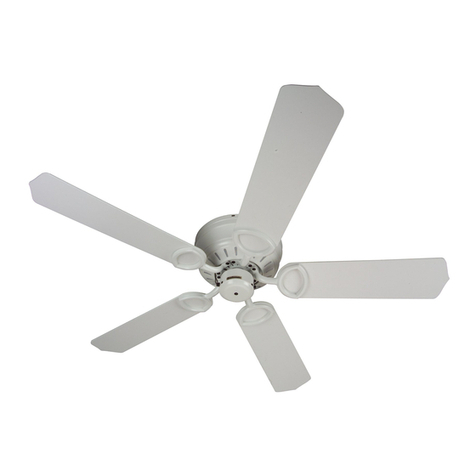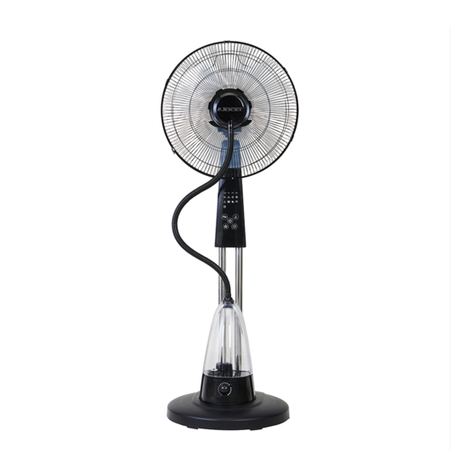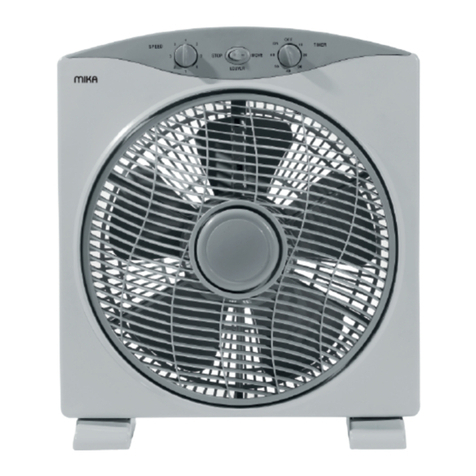2 of 20
Safety Precautions
1. To ensure the success of the installation be sure to read the instructions and study the
diagrams thoroughly before commencing.
2. All electrical work should only be undertaken after disconnection of the power by
removing fuses or turning off the circuit breaker to ensure all pole isolation of the
electrical supply. If you are in any doubt the services of a qualified electrician should be
sought to ensure that all work is carried out in accordance with the I.E.E. Regulations,
current good practice and other national and local electrical codes.
3. Make sure that your installation site will not allow the rotating fan blades to come into
contact with any object and that there is a minimum clearance of 150mm (6”) from the
blade tip to the wall or ceiling. Please note that the bigger the clearance the better the
airflow from your fan will be. Ensure the blades are mounted at a minimum height of
2.3 meters (7’6”) from the floor when the fan is installed.
4. The fixing point for the fan must be able to support a weight of ten times that of the net
weight of the fan. Net weights can be found on the bottom of the unit’s box. If you are
mounting the fan to a ceiling junction box, the box and it’s fixing must be able to
support the moving weight of the fan and must not twist or work loose.
5. The fan must be earthed.
6. Do not connect the fan motor to a dimmer switch. This may give an unsatisfactory
performance (motor hum) and cause damage to the motor.
7. It is not recommended that ceiling fans and gas appliances are operated in the same
room at the same time.
8. The fan must be turned off and stopped completely before reversing the fan direction.
This will prevent any damage to the motor of the unit or controller (if installed).
9. Do not insert anything into the fan blades while the fan is operating. This will damage
the blades and upset the balance of the unit causing the unit to wobble.
10. After the fan is completely installed make sure that all connections are secure
and tight to prevent any problems.
11. Because of the fan’s natural movement, some connections may loosen. Check the
support connections, brackets and blade attachments twice a year to make sure they are
all secure. If they are loose tighten with a screwdriver. ( It is not necessary to take the
fan down from the ceiling )
Note : The important safeguards and instructions given in this manual are not meant to
cover all possible conditions and situations that may occur. It must be understood that
common sense, caution and care are factors which cannot be built into any product. These
factors must be supplied by the persons caring for and using the unit.
For installation advice, or in the unlikely event of damaged or missing parts please ring:
HELPLINE : 01959 564440
technical@fantasiaceilingfans.com











